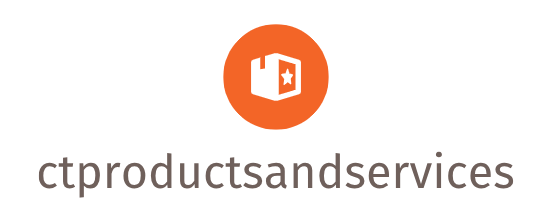
Checking Your Fluids: The Life Blood of Your Car
Regularly checking your car’s fluids is crucial for its health. Think of it like checking your own vital signs – blood pressure, heart rate, etc. The key fluids to monitor are engine oil, coolant, brake fluid, power steering fluid, and windshield washer fluid. Each has a dipstick or reservoir with markings indicating the correct level. Learn where these are located in your car’s manual and check them at least once a month, or more frequently if you’re doing a lot of driving. Low levels often signify a leak, which needs professional attention. Don’t be intimidated; it’s much simpler than it sounds!
Tire Pressure: Ensuring a Smooth and Safe Ride
Proper tire inflation is essential for fuel efficiency, handling, and tire longevity. Under-inflated tires wear down faster, reducing their lifespan and potentially leading to blowouts. Over-inflation can make your ride bumpy and uncomfortable and also cause premature wear. Your car’s recommended tire pressure is usually found in your owner’s manual or on a sticker located inside the driver’s side doorjamb. Invest in a reliable tire pressure gauge and check your tires at least once a month, preferably when the tires are cold (before driving). Adjust the pressure as needed using a compressed air pump at a gas station.
Keeping Your Windshield Clean: Clear Vision for Safe Driving
A clean windshield is paramount for safe driving, especially in adverse weather conditions. Always carry a bottle of window cleaner and some microfiber cloths or paper towels in your car. Regularly wipe down your windshield, both inside and out, to remove dirt, grime, and bugs. For stubborn spots, consider using a glass cleaner specifically designed for automotive use. Cleaning your windshield regularly not only improves visibility but also helps prevent scratches and keeps your vision clear during night driving.
Washing Your Car: More Than Just Looks
Washing your car isn’t just about aesthetics; it’s about protecting the paint and preventing rust. Regular washing removes dirt, bird droppings, and other contaminants that can damage the paint over time. Use a car wash soap designed for automotive use, and avoid using harsh detergents or abrasive cleaners. Rinse thoroughly after washing to remove any soap residue. Consider using a quality wax or sealant a few times a year to protect your car’s paint from the elements and make it easier to clean.
Checking Your Lights: Staying Visible on the Road
Ensure all your car’s lights – headlights, taillights, brake lights, turn signals, and reverse lights – are functioning correctly. Ask a friend to help you check them, or use a reflective surface like a garage door. Replace any burned-out bulbs promptly. Faulty lights can significantly compromise your safety and the safety of others on the road. This quick check can prevent accidents and costly repairs.
Regularly Inspecting Your Wipers: Rain Ready
Wipers are crucial for maintaining visibility during rain and snow. Inspect your wiper blades regularly, replacing them when they show signs of wear and tear, such as streaking or skipping. Streaky wipers can severely impair your vision during inclement weather. Replacing wiper blades is a simple and inexpensive maintenance task that can significantly improve driving safety. Consider seasonal changes when considering wiper blade replacement; winter weather will quickly damage summer blades.
Knowing When to Seek Professional Help: Don’t Hesitate
While regular maintenance is within the grasp of most beginners, some tasks are best left to professionals. If you notice anything unusual, such as strange noises, leaks, or performance issues, don’t hesitate to take your car to a trusted mechanic for inspection. Early detection of problems can often prevent more extensive and costly repairs down the line. Ignoring problems will almost always cost more in the long run. Visit here for car maintenance tips for beginners.








.jpg)
